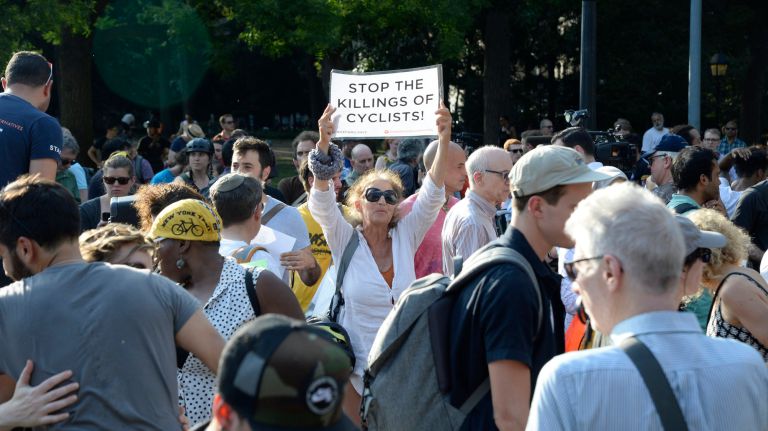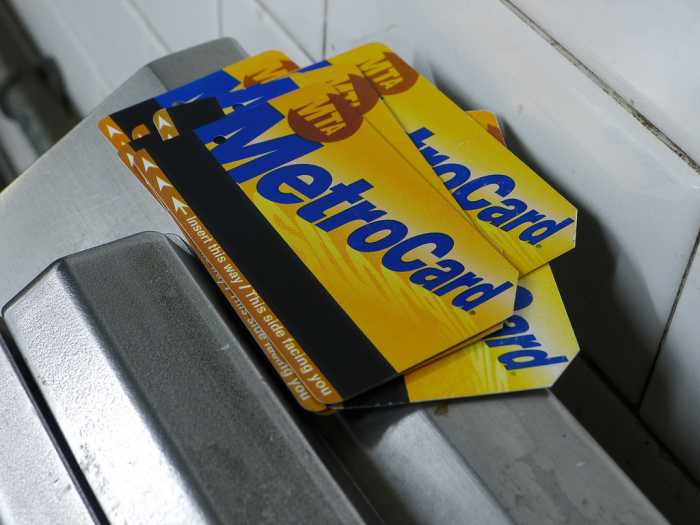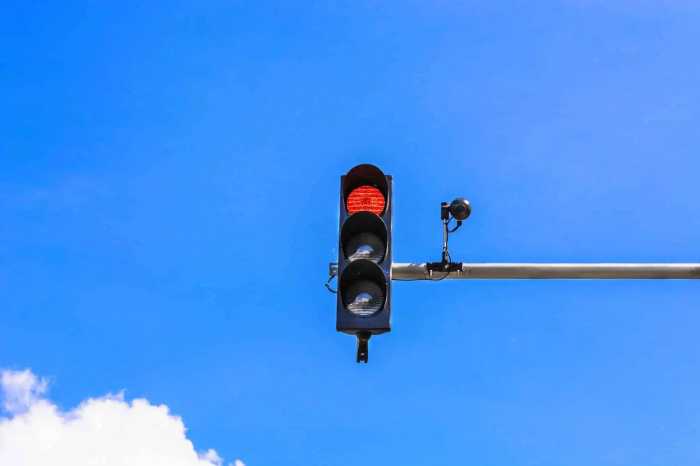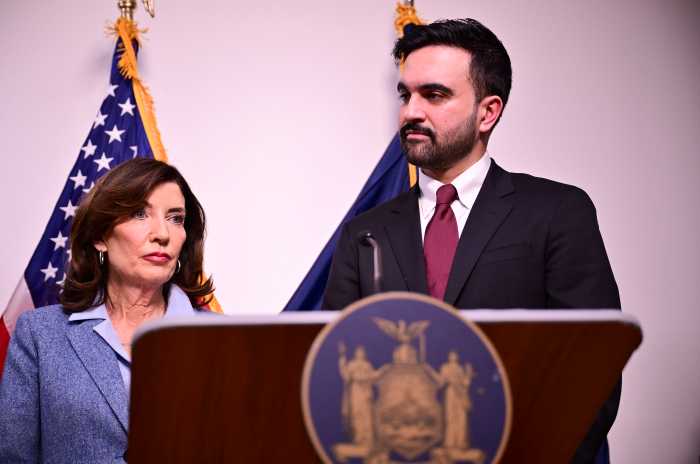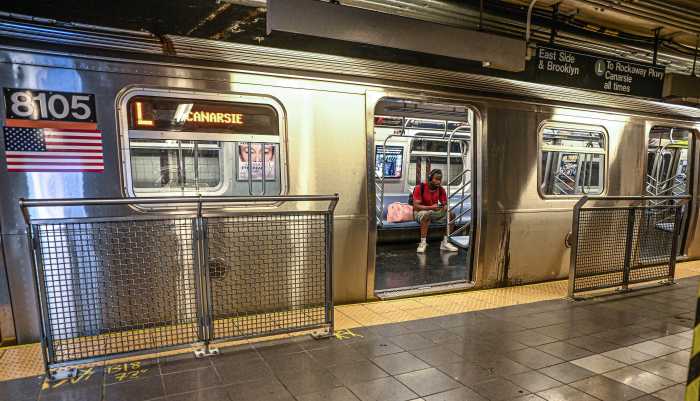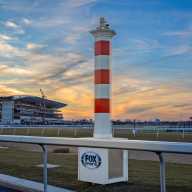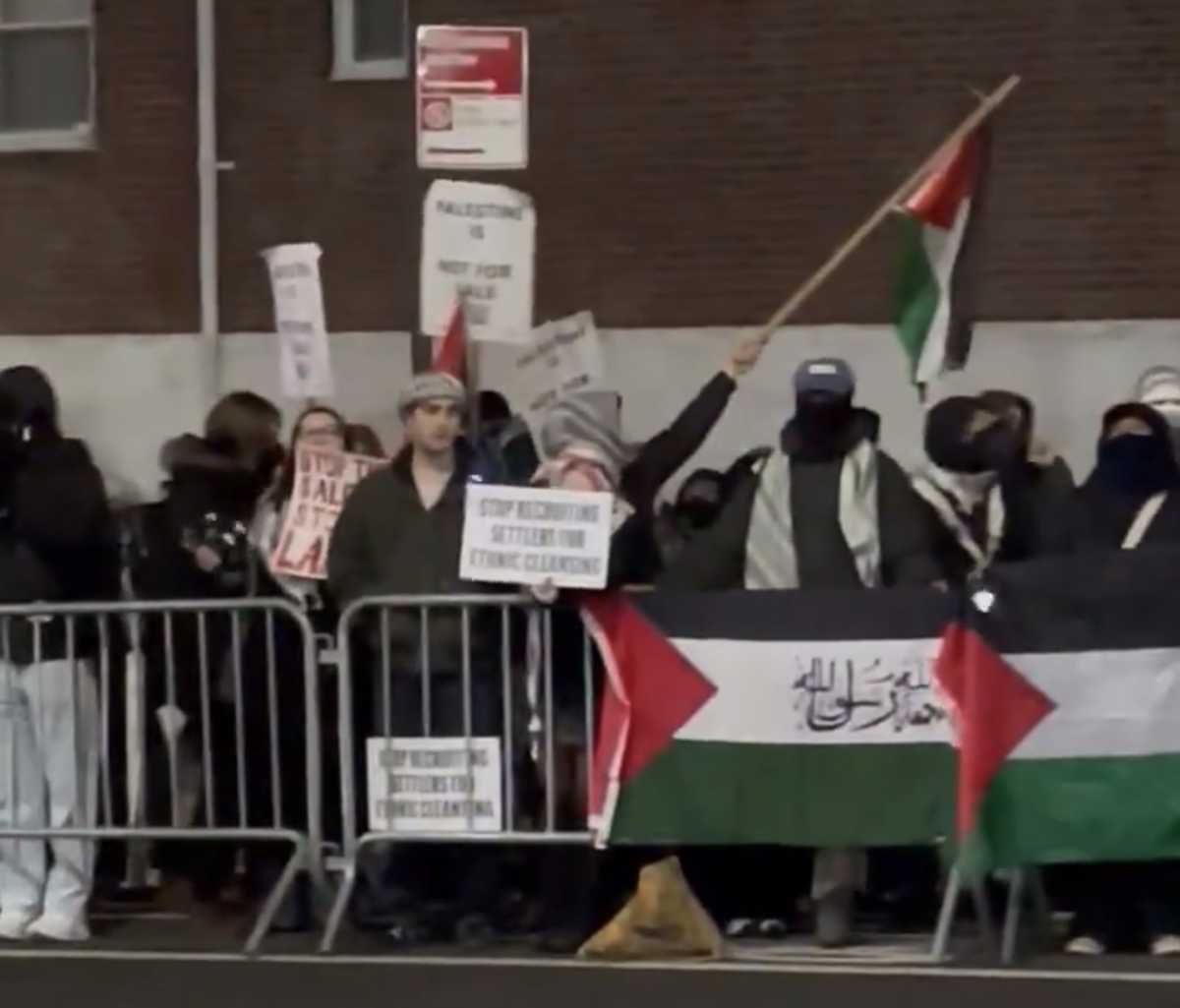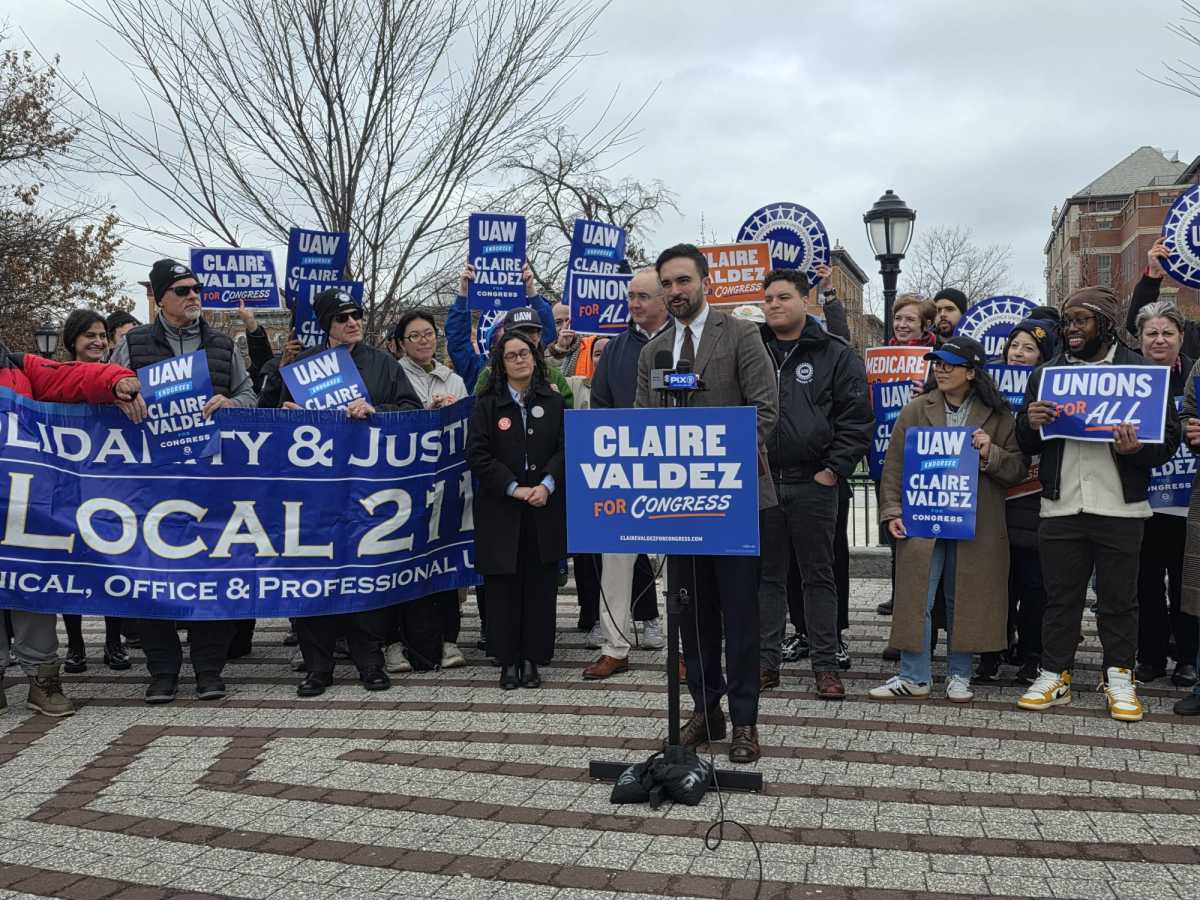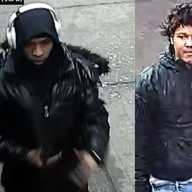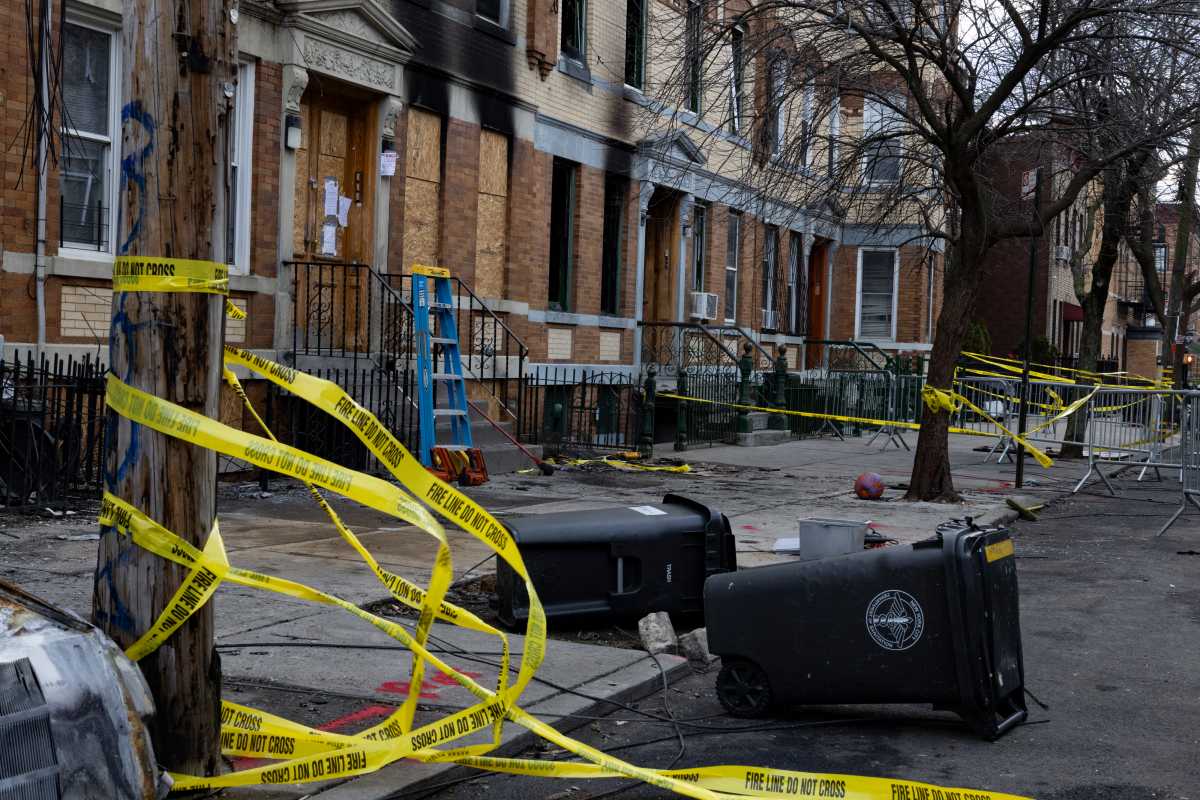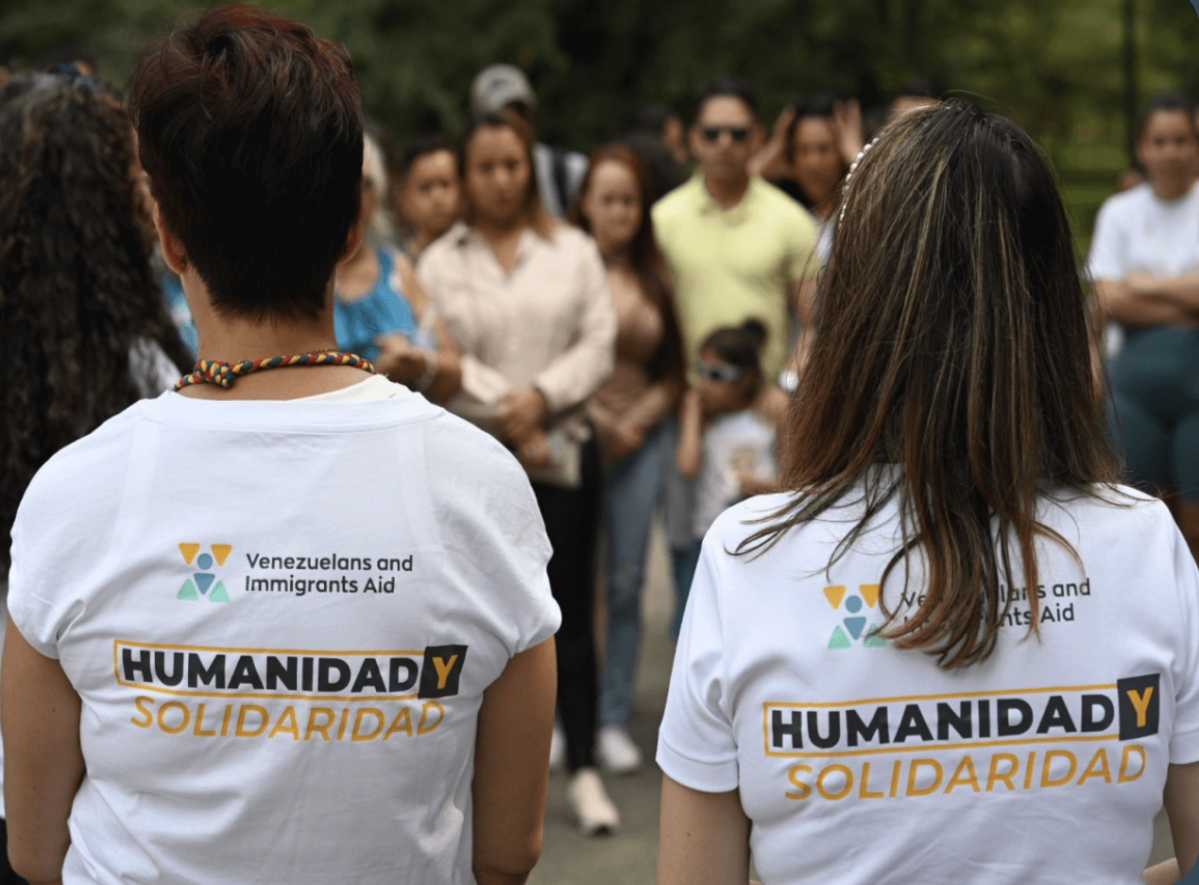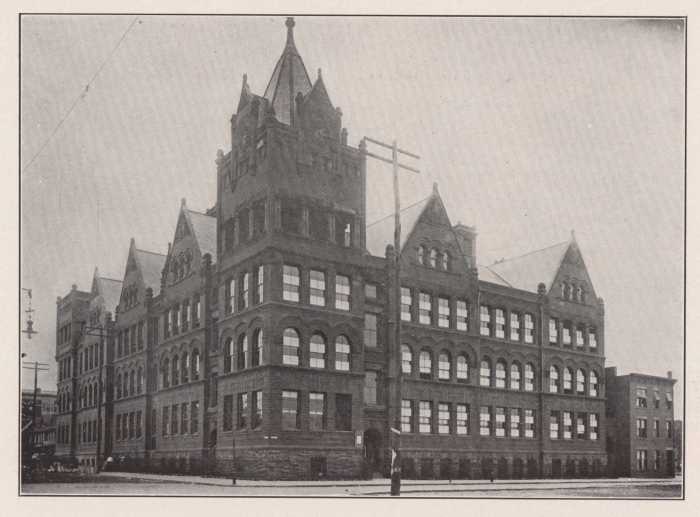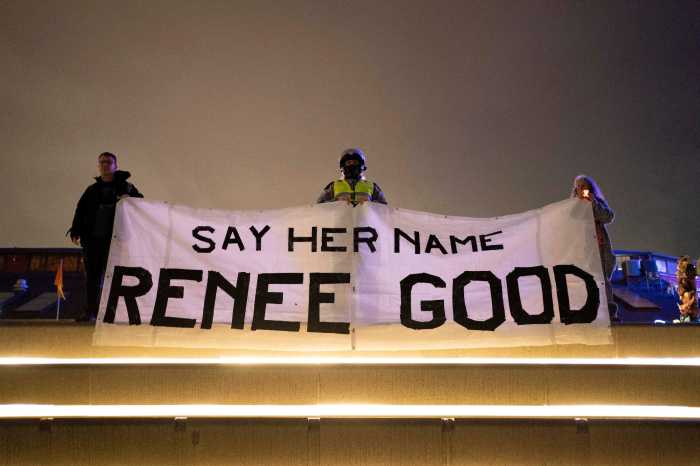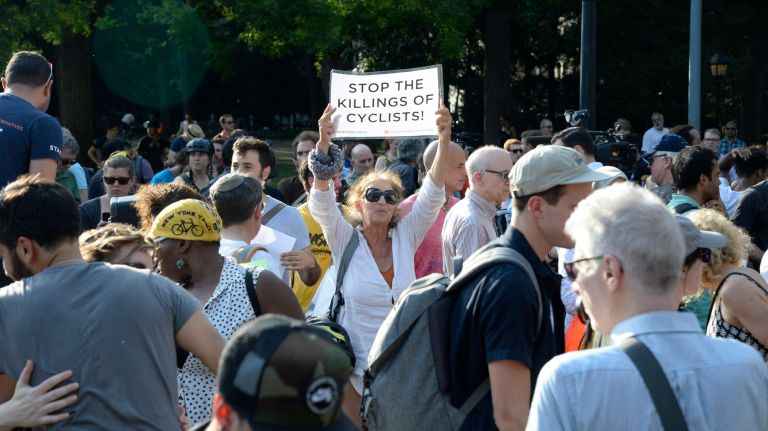
Two bicyclists were killed and another was critically injured in three crashes in the city in less than 24 hours.
The fatalities bring the number of cyclists killed in the city so far this year to 17, seven more than in all of 2018.
“The continued carnage on our streets demands an immediate response from the mayor,” said Thomas DeVito, the senior director of advocacy at Transportation Alternatives. “These crashes are tragic examples of what happens in a city that purports to welcome cyclists but fails to dedicate protected space for bikes on the vast majority of its streets.”
The most recent crash happened in Queens shortly after 1 a.m. Wednesday, when the driver of an SUV hit a 28-year-old cyclist in the intersection of Jamaica Avenue and Woodhaven Boulevard, police said. The cyclist was taken to Jamaica Hospital Medical Center, where he was in critical condition.
The driver, in a Nissan Rogue, stayed at the scene and there were no immediate arrests.
On Tuesday afternoon, two cyclists were fatally hit in Brooklyn and Staten Island.
A 58-year-old man on a bicycle was hit by the driver of a box truck in Greenpoint at the intersection of McGuinness Boulevard and Norman Avenue at about 3:50 p.m., police said. He was taken to NYC Health + Hospitals/Bellevue, where he was pronounced dead.
Just a few hours earlier, 17-year-old Alex Cordero was struck by a tow-truck driver while riding a bicycle on Staten Island. He was on Castleton Avenue and Clove Road in Port Richmond shortly after noon when he was hit, according to police. Cordero was pronounced dead at Richmond University Medical Center.
No arrests were made in either incident.
“We have a crisis in our streets,” said City Council Speaker Corey Johnson, who has introduced a bill that would require the city to install 50 miles of protected bicycle lanes each year, as part of new five-year “master plans” to improve safety on city streets.
“We need a bicycle network,” he said. “We have to prioritize pedestrians first, then cyclists, then mass transit. We need to get people out of cars. They’re killing people.”
After five consecutive years of declining traffic deaths in the city, 2019 is poised to have more deaths than last year, prompting transit advocates to criticize Vision Zero, Mayor Bill de Blasio’s initiative to eliminate traffic deaths in the city by 2024.
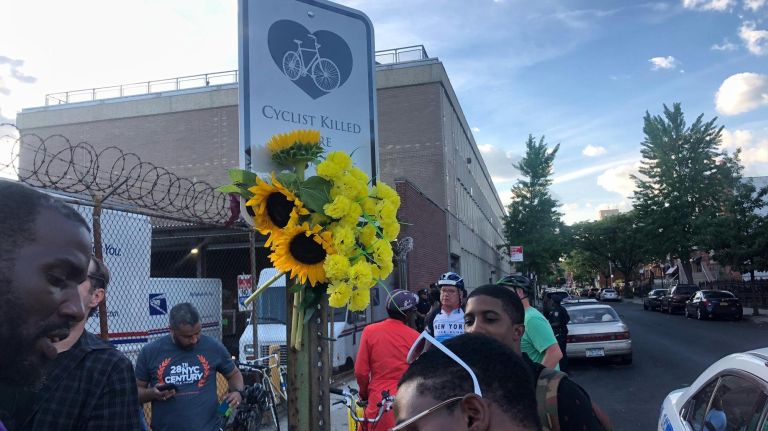
On the Hudson River Greenway bike path Wednesday, Tamara Downey, 54, shouted at a cyclist to take out his earbuds while he rode.
“I’m incredibly sympathetic to these deaths,” said Downey, a bicyclist herself. “But I also know there are bad cyclists.”
Downey, of TriBeCa, said she often sees cyclists going too fast, weaving through traffic, and “blowing through” red lights.
“I’m upset because if everybody followed the rules, the deaths would be minimized,” she said.
But even for cyclist following the laws, the city is a dangerous place to be riding a bike, said Ben Haines, 47, who recently moved to the Financial District from California and has inherited a “heightened awareness” on the road since his move.
“It’s a lot more dangerous,” he said. “I wouldn’t wear a helmet in California. I wear one here.”
A lack of bike lanes in many areas or vehicles blocking the lanes also remain issues.
James Rosa, 68, said he tries to stay in bike paths when he travels between his home on West 140th Street and his job as a dog walker in lower Manhattan, but the whole route doesn’t have designated lanes. For example, the bike path on Amsterdam Avenue ends on West 110th Street, but there are still 30 streets to his home.
At that intersection, he said, “There’s buses. There’s trucks … There’s a lot of heavy traffic, but there’s no bike trail.”
Transportation Alternatives is calling on the city to add at least 100 miles of new protected bike lanes in the next two years and create “a rapid response program that leads to the redesign of any street where a serious crash occurs,” among other demands.
De Blasio said at the beginning of the month that he had directed the Department of Transportation to create a cycling safety plan. It has not yet been released, but Johnson said he expects it to come out Thursday.
With Michelle Bocanegra and Liam Quigley



